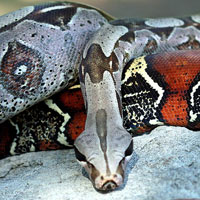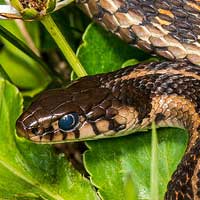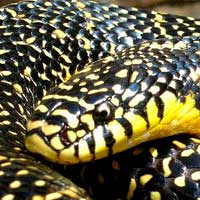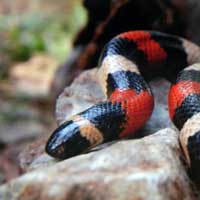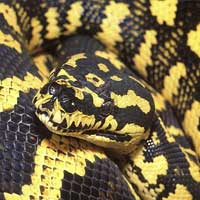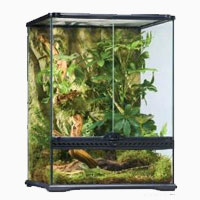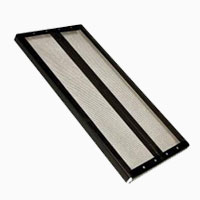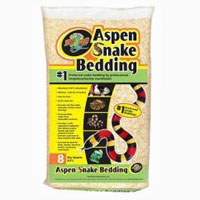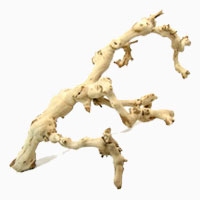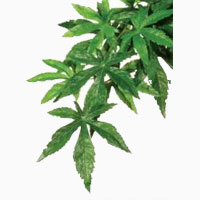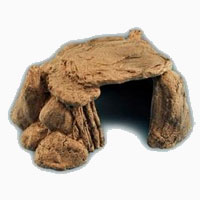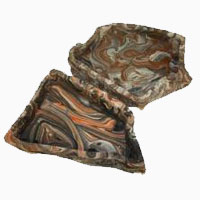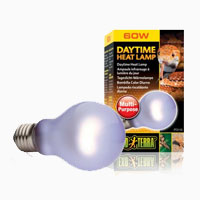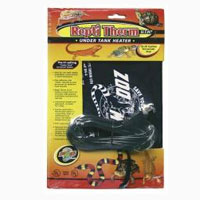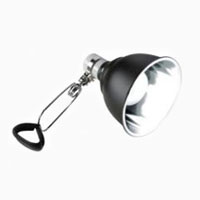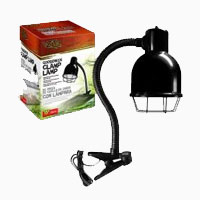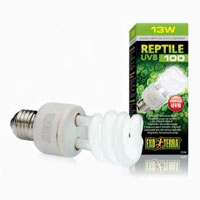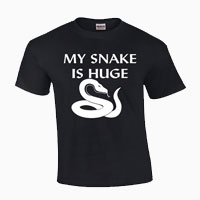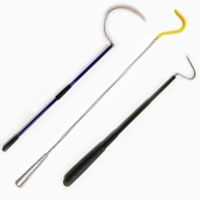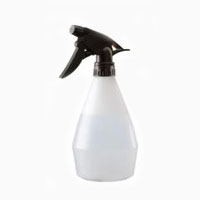Peninsula Ribbon Snake
Scientific Name: Thamnophis Sauritus Sackenii
Share this Post
The Peninsula Ribbon Snake, which is a semi aquatic snake, belongs to the Thamnophis species. Peninsula Ribbon Snakes are also non-venomous though they are not easily tamed. Adult Peninsula Ribbon Snakes have an average length ranging between twenty to twenty eight inches. The longest documented length was forty inches, which is equivalent to about a hundred and one centimeters. These snakes have slender bodies that have olive-brown coats; their coats have mid-dorsal stripes that have a light brown tan. These snakes have light green stripes on either side of their bodies; they also have dorsal scales on top of their bellies. Between the lateral stripes and the mid-dorsal stripes, is a white flecking, which makes their coats have a unique and uniformly patterned display. The bellies of these snakes are either yellow or light green with extremely long tails. Thus, their tails take up one-third of their total body. They also have peninsula ribbon snake large nineteen dorsal rows at the center of their bodies.
Peninsula Ribbon Snakes Are Beautiful Creatures
Facts About Peninsula Ribbon Snakes
Geographic Location
These snakes are common in Florida especially in the eastern Panhandle and the Peninsula. They are also common in the southern regions of South Carolina.
Habitat
Peninsula Ribbon Snakes live in pinelands, cypress strands, marshes, ponds, melaleuca stands, hardwood hammocks, prairies, streams and bogs.
Behavior
These species of snakes feed on amphibians such as frogs and toads; they also feed on small fish, earthworms and salamanders, which they swallow when whole. During the day, they like to rest along riverbanks and ditches filled with water where they immerse themselves in hot weather. They also like to stay around houses during the rainy seasons and one may spot them slithering about in search of food.
Reproduction
The Peninsula Ribbon Snakes give birth to live snakes. They mate between April and June and in about five months; female Peninsula Ribbon Snakes give birth to about twenty live neonates.
